Shopping Around the World
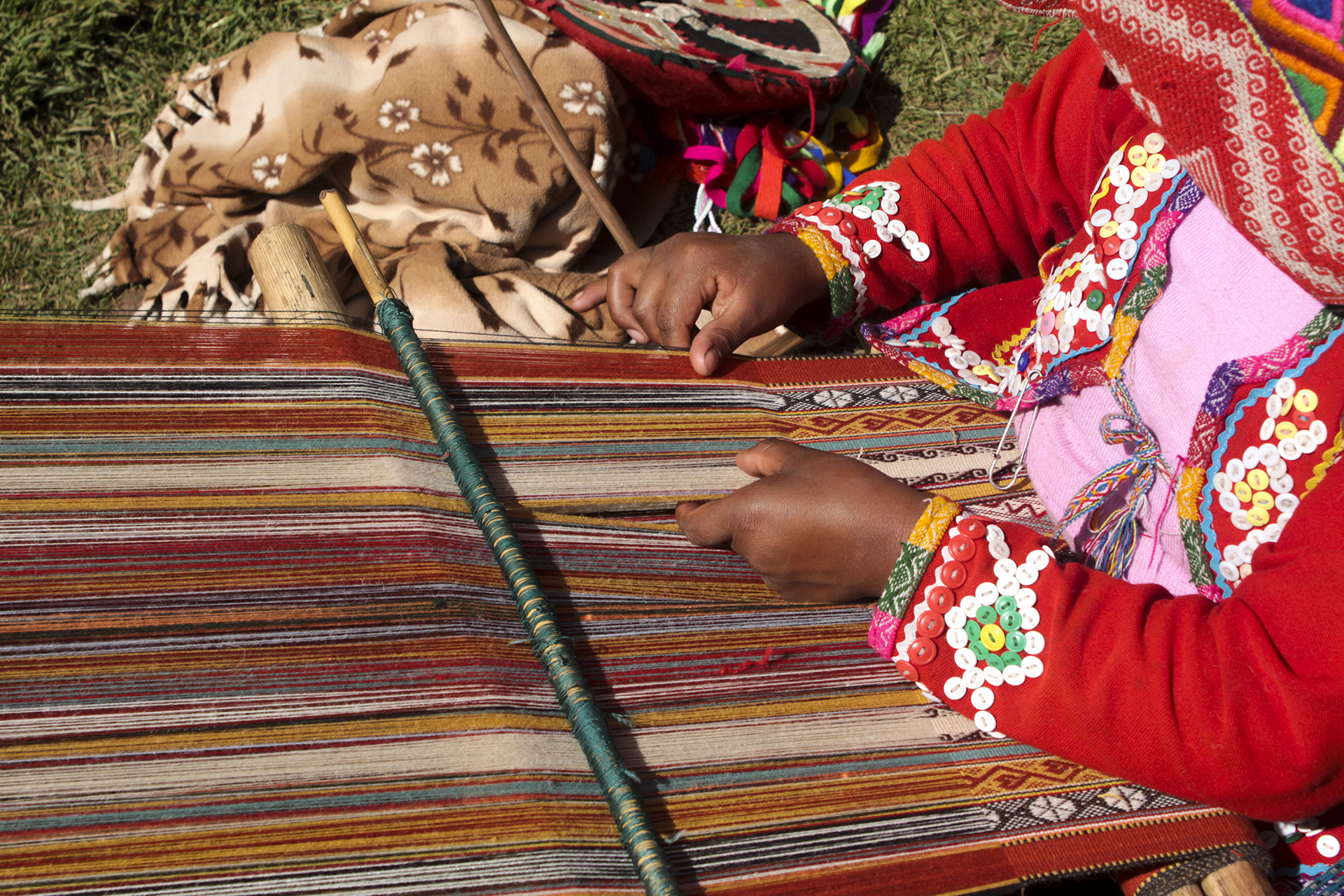
Shopping Around the World
Fill your home with travel memories
Posted on July 1, 2018
“Your home should tell the story of who you are, and reflect where you’ve been and who you’ve loved along the way,” says interior design pro Nate Berkus. “Everywhere your eye travels in your home, it should land on something that resonates with you.”

This is an easy task for travelers who enjoy browsing colorful markets, meeting local craft makers, and poking around exotic shops. Every time I look at the antique Vietnamese vase in the corner of our living room, I relive the thrill of finding it in a dusty shop in a village outside of Hanoi. Likewise with the Aboriginal carvings my husband and I bought on an island off the coast of Darwin, Australia, and the handsome piece of Fijian tapa cloth that hangs in my home office.
I knew exactly where I would put the Vietnamese vase when I bought it, but I had no idea that a handwoven pashmina from India would eventually be turned into covers for family room cushions. Likewise with the numerous small embroidered pandas I brought home from China that now adorn our holiday tree and the ceramic clematis tile from New Zealand that is a favorite teapot stand.
What to buy, and where
India, with its plethora of talented craft makers, is a shopper’s paradise. If you go, look for pashminas, covered marble boxes inlaid with semiprecious stones (à la the Taj Mahal) as well as beautiful lacquer ones, Kashmiri carpets, textiles embroidered with mirror work or block-printed, and imaginative papier-mâché products.
In addition to Aboriginal carvings, I also love the bark paintings done by the indigenous people of Australia, and I treasure my two pottery pieces painted with traditional patterns. You might also consider buying Aboriginal musical instruments, such as a didgeridoo, which can be displayed as art pieces.
From our Peru travels, I enjoy a colorful wall hanging adorned with three dimensional Andean dolls, vegetables, and llamas and an Inca-inspired handwoven area rug. However, I regret that I didn’t find a way to bring home one of the whimsical Frederico Bauer sculptures that I saw in the Sacred Valley. Even small cities in Peru hold public markets throughout the week where visitors can watch weavers working on hand looms. Smart shoppers plan their trip around the market schedule.
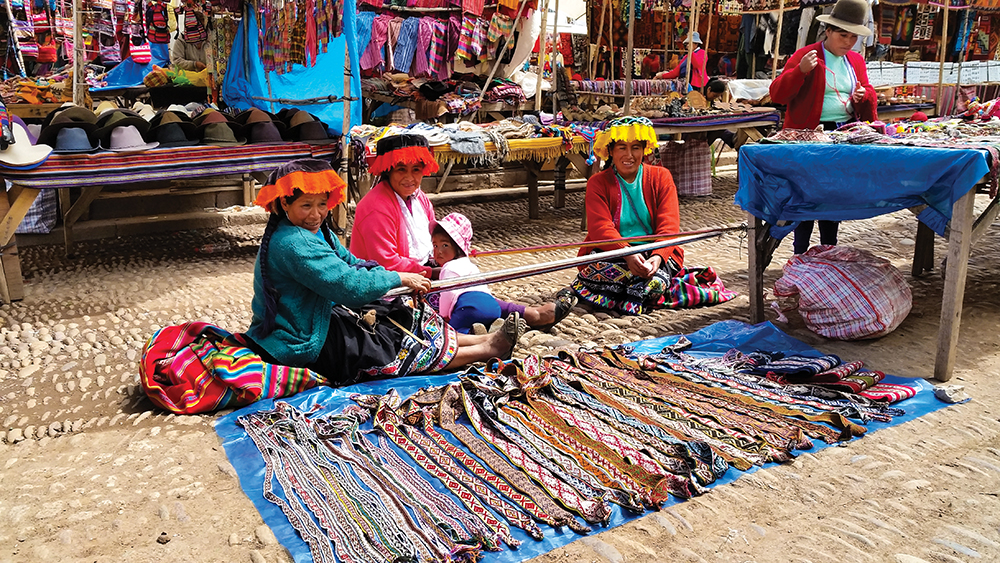
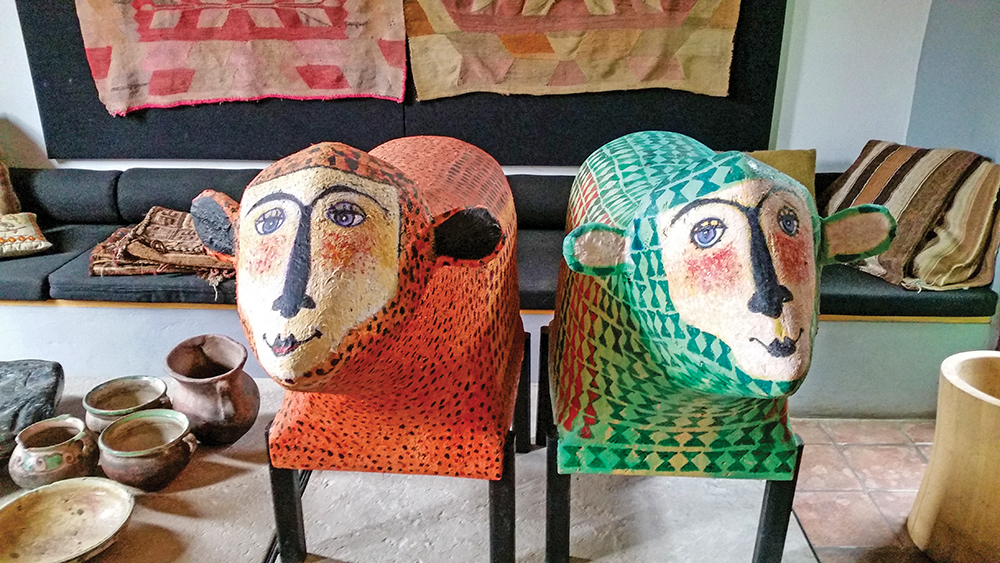
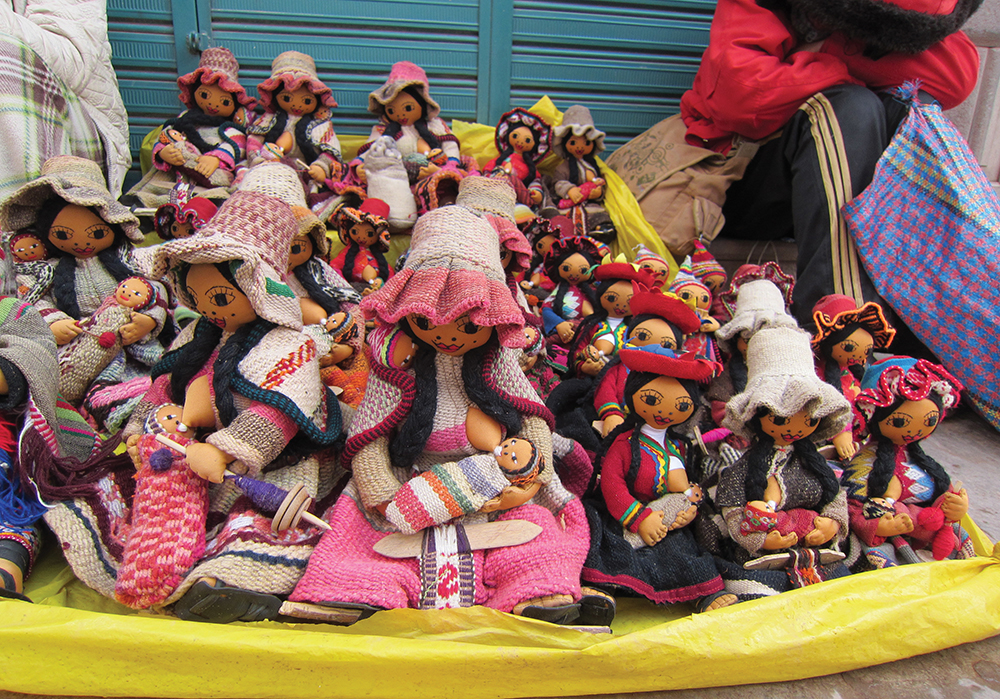
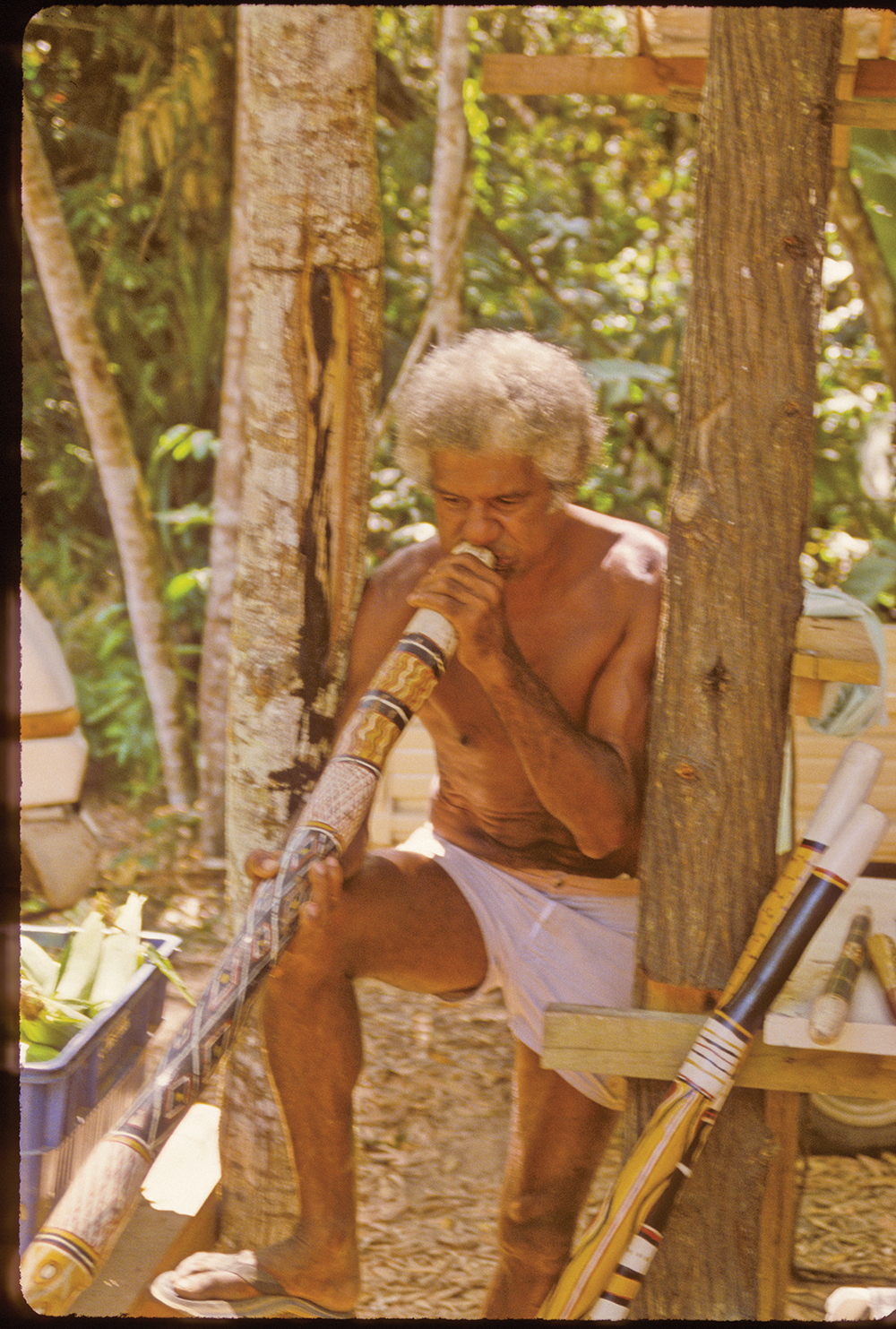
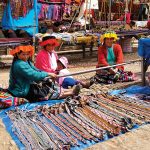



In addition to the vase from Vietnam, I bought two antique ceramic teapots and some highly adorned pieces of clothing worn by ethnic minority tribes around Sapa, which add wonderful color to our rooms. The most remarkable Vietnamese piece, however, is a stunning silk stitchery “painting” that looks — even up close — like a black and white photograph.
My favorite purchase from Mexico is a large round black clay pot from Oaxaca. I admire our intricately embroidered molas from Panama, which I turned into pillows. Gorgeous cloisonné vases, boxes, bowls, and ginger jars, available across Asia, are versatile home décor items. I also collect Italian majolica, the classic ceramic dinnerware than can be used daily or displayed. The most famous of these are from Deruta, a hill town in central Italy. Almost every culture has a traditional basket style, and the ones I find hardest to resist come from Hong Kong.
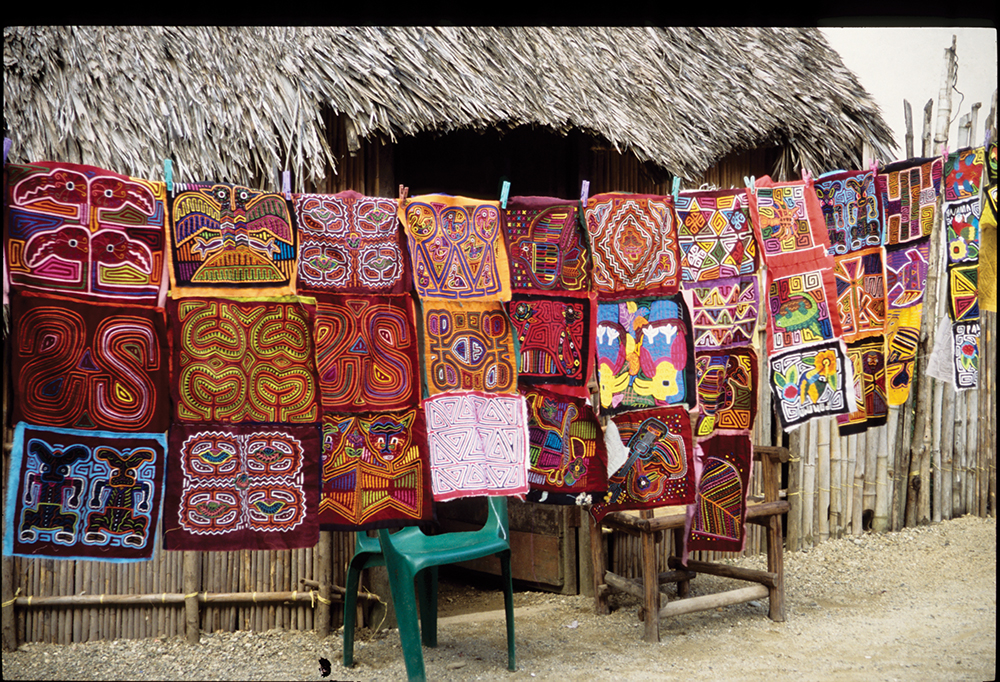
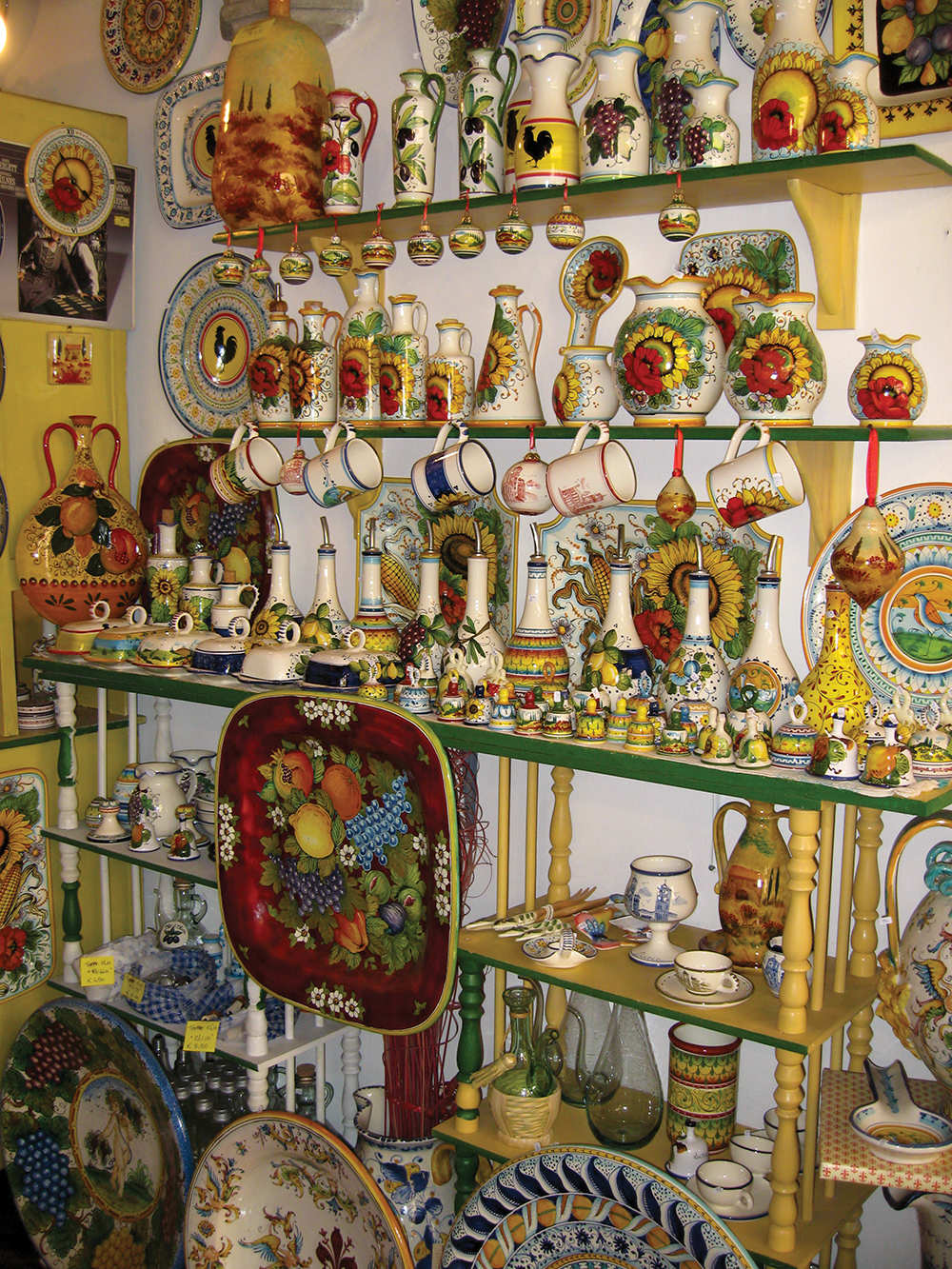

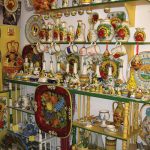
Tips for shopping trips
• Take pictures and measurements before leaving home. Prior to a New Zealand trip, my husband and I made an appointment with a master Maori carver to discuss a commission. We brought photos of the room and dimensions of the wall over our buffet, and these helped him design and craft a fitting piece.

• It’s also a good idea to travel with fabric and paint swatches for various rooms and make an effort to see high quality examples of craftwork associated with your destination. The Mingei Museum in Balboa Park has a large collection of ethnic minority embroidery from Vietnam, as well as textiles from India and Japan, molas from Panama, Mexican pottery, and more.
• Unless your purchases are small, it’s safer to ship things home than check them on your flight. The Vietnamese vase and teapots arrived in a purpose-built crate that we picked up from U.S. Customs a month after our return.
• My nephew has a very fun collection of sand from the banks of the world’s great rivers on display in his Manhattan condo, but it’s important to be sensitive to the environment when collecting mementos. Large shells, reef coral of any size, and anything made of ivory should be left behind.
Our home definitely tells the story of who we are, and we love being surrounded by meaningful things that evoke great memories. Elizabeth Hansen
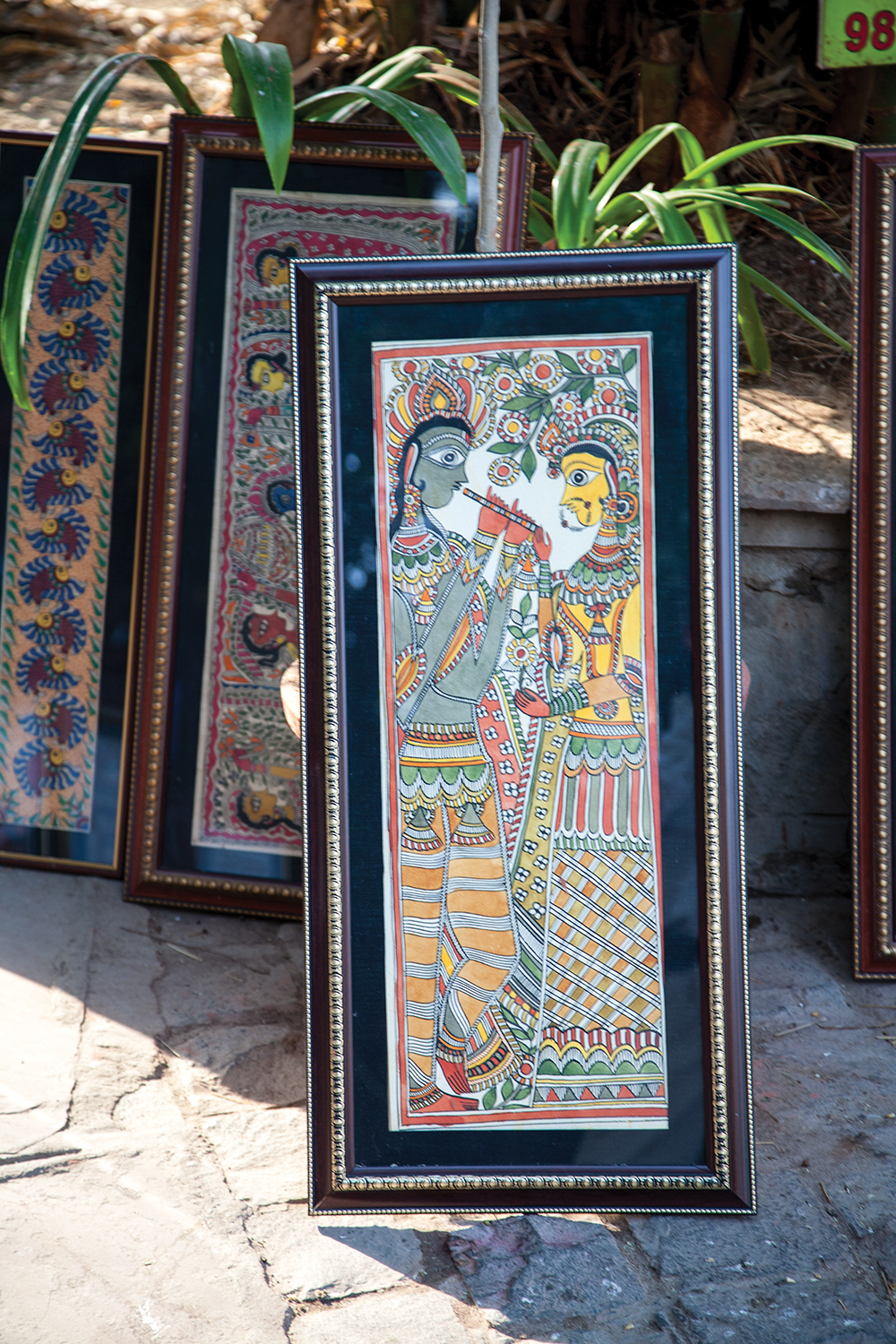
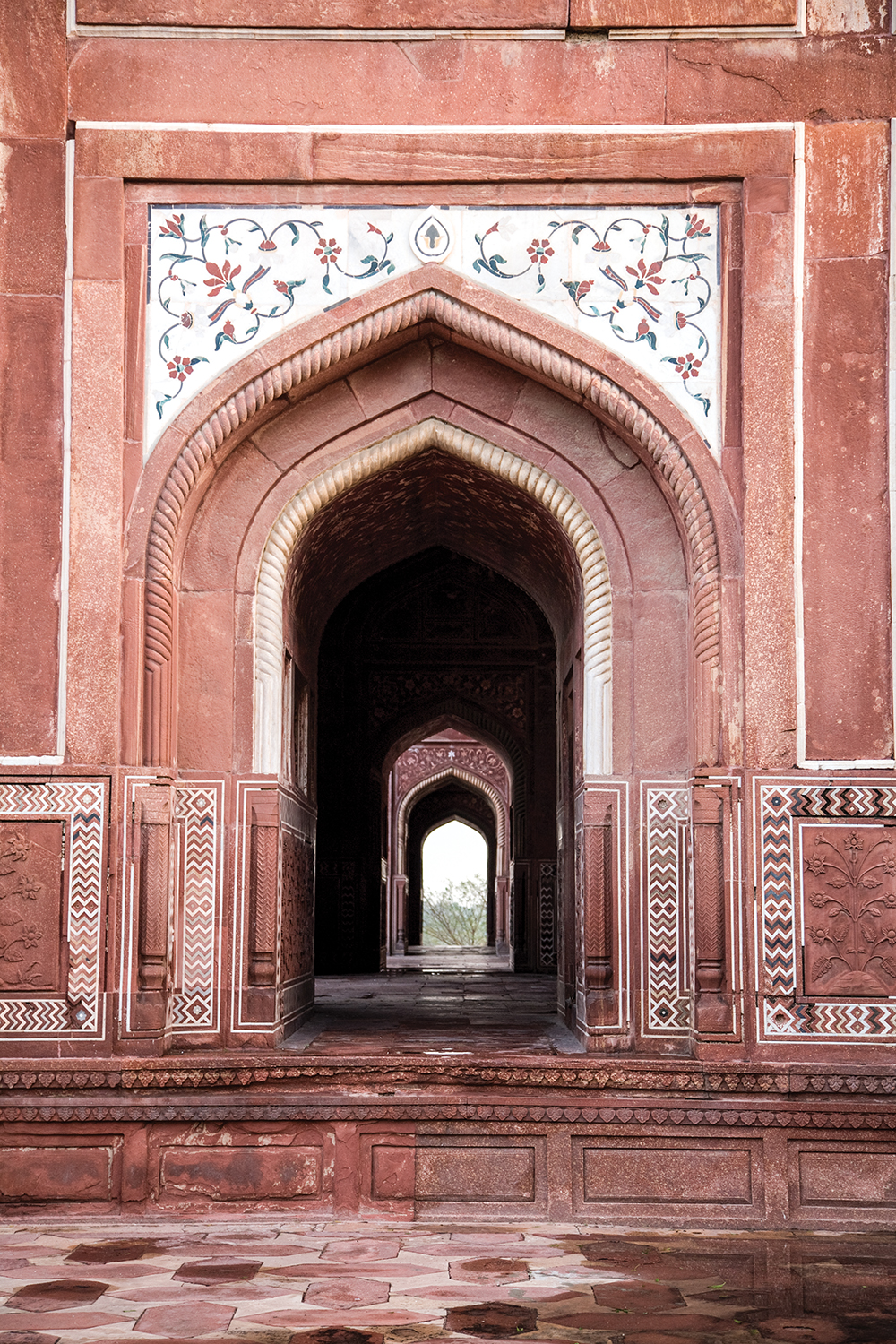

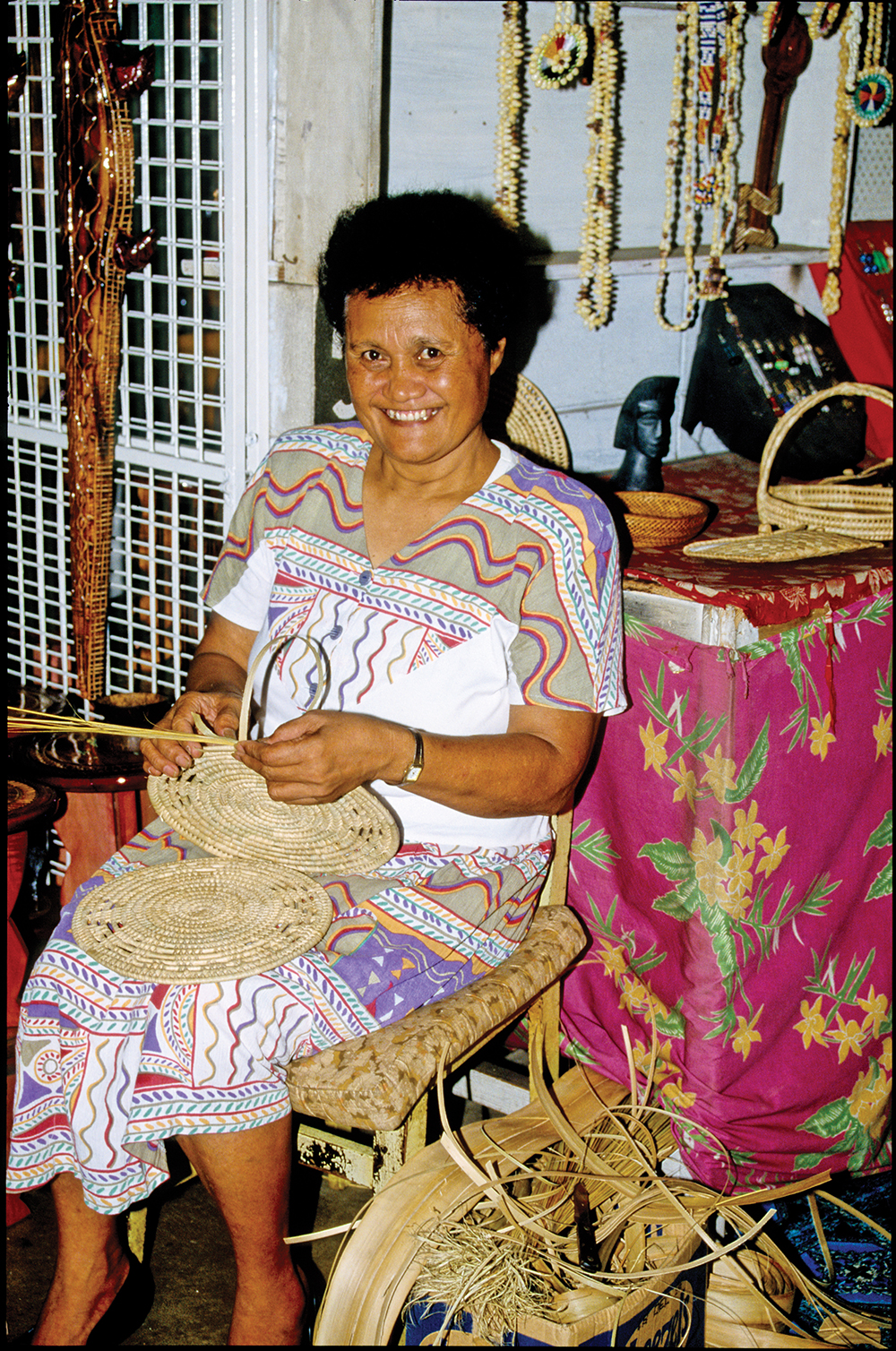
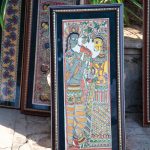



Photography courtesy of ADAMS / HANSEN STOCK PHOTOS





Comments